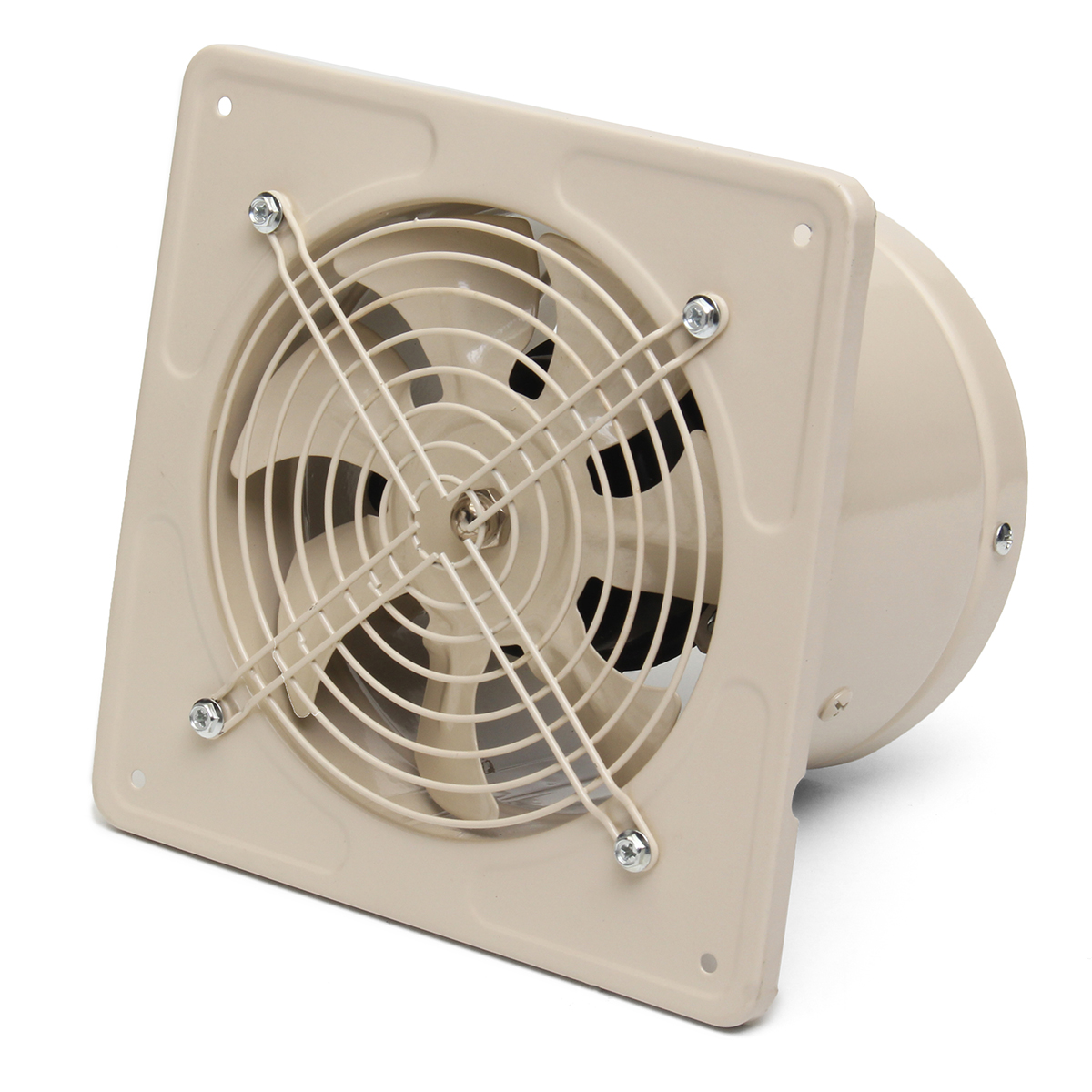Wall Mounted Bathroom Ventilation System Designs

Wall mounted bathroom ventilation systems are designed to remove moisture and odors from bathrooms, helping to prevent mold and mildew growth and improve indoor air quality. They come in a variety of designs, each with its own advantages and disadvantages.
Exhaust Fans
Exhaust fans are the most common type of wall mounted bathroom ventilation system. They work by pulling air out of the bathroom and exhausting it to the outside. Exhaust fans are relatively inexpensive to install and operate, and they are effective at removing moisture and odors.
Wall mounted bathroom ventilation is crucial for maintaining a healthy and comfortable bathroom environment. By effectively removing moisture and odors, it helps prevent mold and mildew growth, ensuring a clean and fresh atmosphere. For those seeking an additional source of warmth during colder months, consider installing a best electric wall heater for bathroom.
These heaters provide targeted heating, quickly warming up the space while complementing the ventilation system by further reducing moisture levels.
However, exhaust fans can also be noisy, and they can sometimes create drafts. Additionally, exhaust fans can only be used in bathrooms that have a window or other opening to the outside.
Wall-mounted bathroom ventilation is a crucial aspect of maintaining a healthy and comfortable bathroom environment. These systems effectively remove excess moisture, preventing mold and mildew growth. To enhance the functionality of your bathroom, consider installing bathroom wall heaters electric lowes , which provide additional warmth and comfort during the colder months.
By combining wall-mounted ventilation with electric wall heaters, you can create a well-balanced and inviting bathroom space that caters to both your comfort and well-being.
Heat Recovery Ventilators (HRVs)
HRVs are a more energy-efficient type of wall mounted bathroom ventilation system. They work by exchanging heat between the incoming and outgoing air, which helps to reduce heat loss in the winter and heat gain in the summer.
HRVs are more expensive to install and operate than exhaust fans, but they can save energy in the long run. HRVs are also quieter than exhaust fans, and they do not create drafts.
Energy Recovery Ventilators (ERVs), Wall mounted bathroom ventilation
ERVs are a type of HRV that is designed to recover both heat and moisture from the outgoing air. This makes ERVs even more energy-efficient than HRVs.
ERVs are the most expensive type of wall mounted bathroom ventilation system, but they can also save the most energy. ERVs are also quieter than exhaust fans, and they do not create drafts.
Features and Functions of Wall Mounted Bathroom Ventilation

Wall mounted bathroom ventilation systems offer a range of features and functions that contribute to their effectiveness in removing moisture, odors, and pollutants from the bathroom environment. These features include fans, motors, filters, and other components that work together to provide efficient ventilation.
The fans used in wall mounted bathroom ventilation systems are typically centrifugal or axial fans. Centrifugal fans are more powerful and efficient at moving large volumes of air, while axial fans are quieter and more compact. The motors that power the fans are usually brushless DC motors, which are energy-efficient and have a long lifespan.
Filters are an important part of wall mounted bathroom ventilation systems as they help to remove dust, pollen, and other particles from the air. Filters can be made from a variety of materials, including fiberglass, pleated paper, and electrostatic media. The type of filter used will depend on the specific needs of the bathroom and the desired level of filtration.
Other features of wall mounted bathroom ventilation systems may include timers, humidity sensors, and motion sensors. Timers allow the fan to be set to run for a specific period of time after the bathroom has been used. Humidity sensors automatically turn the fan on when the humidity level in the bathroom reaches a certain point. Motion sensors turn the fan on when they detect movement in the bathroom.
The features and functions of wall mounted bathroom ventilation systems can have a significant impact on their performance and efficiency. By choosing a system with the right features and functions for the specific needs of the bathroom, it is possible to create a healthier and more comfortable environment.
Installation and Maintenance of Wall Mounted Bathroom Ventilation

Wall-mounted bathroom ventilation systems are easy to install and maintain, ensuring proper ventilation and a healthy bathroom environment. Here’s a comprehensive guide to help you with the installation and maintenance process.
Installation
To install a wall-mounted bathroom ventilation system, you’ll need the following tools and materials:
- Ventilation fan
- Mounting bracket
- Screws
- Drill
- Screwdriver
- Wire strippers
- Electrical tape
Follow these steps to install the ventilation system:
- Choose a suitable location for the ventilation fan, ensuring it’s near a power source and exhausts air outside.
- Mark the location of the mounting bracket and drill pilot holes.
- Secure the mounting bracket to the wall using screws.
- Attach the ventilation fan to the mounting bracket and secure it with screws.
- Connect the electrical wires from the fan to the power source, ensuring proper polarity.
- Turn on the power and test the fan’s operation.
Maintenance
Regular maintenance is crucial to ensure the optimal performance of your wall-mounted bathroom ventilation system. Here’s how to maintain it:
- Clean the fan blades regularly to remove dust and debris.
- Inspect the fan motor and bearings for any signs of wear or damage.
- Check the electrical connections to ensure they’re secure and free of corrosion.
- Replace the fan filter if it’s clogged or dirty.
- Run the fan for at least 20 minutes after each shower or bath to remove excess moisture.